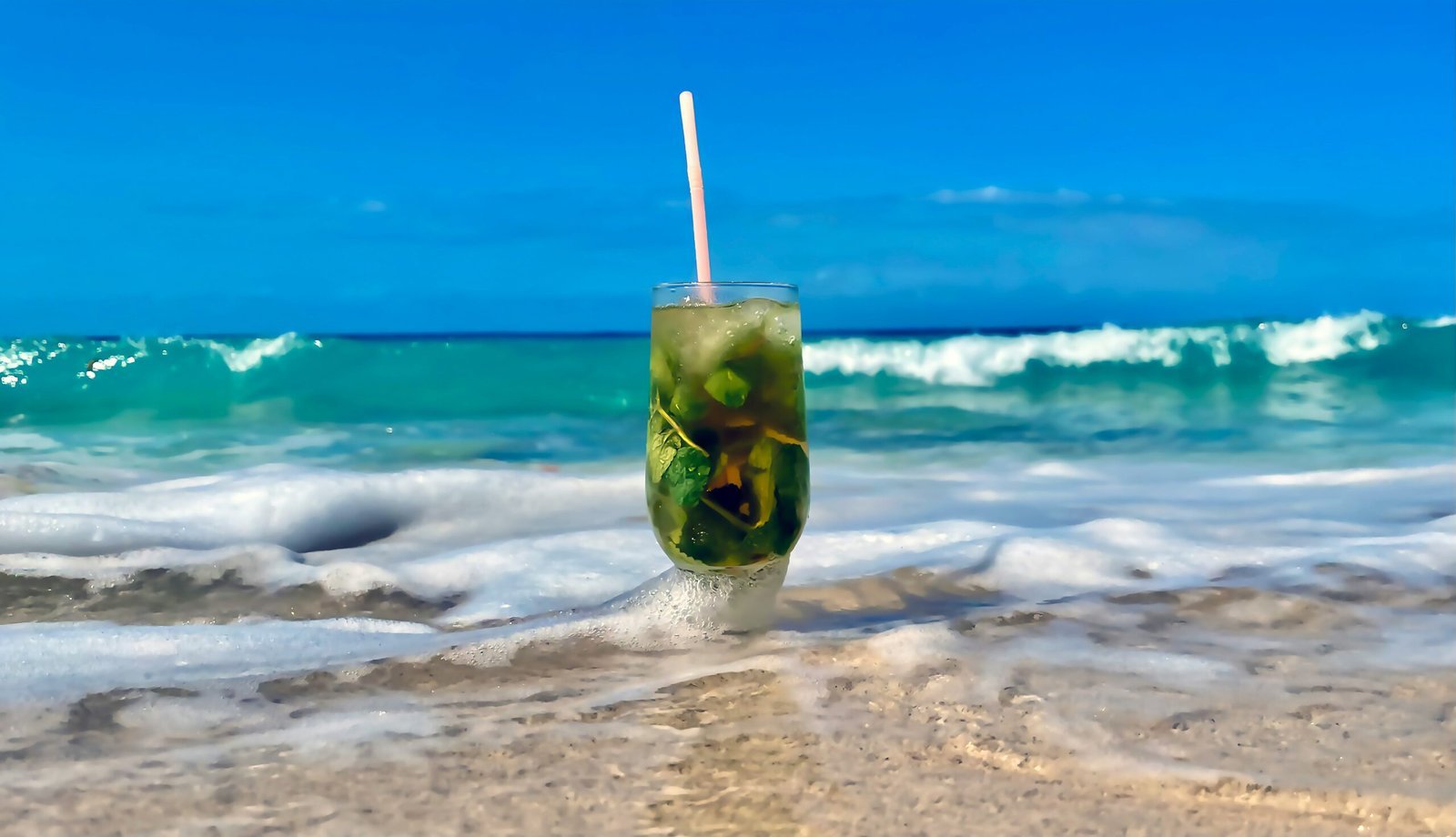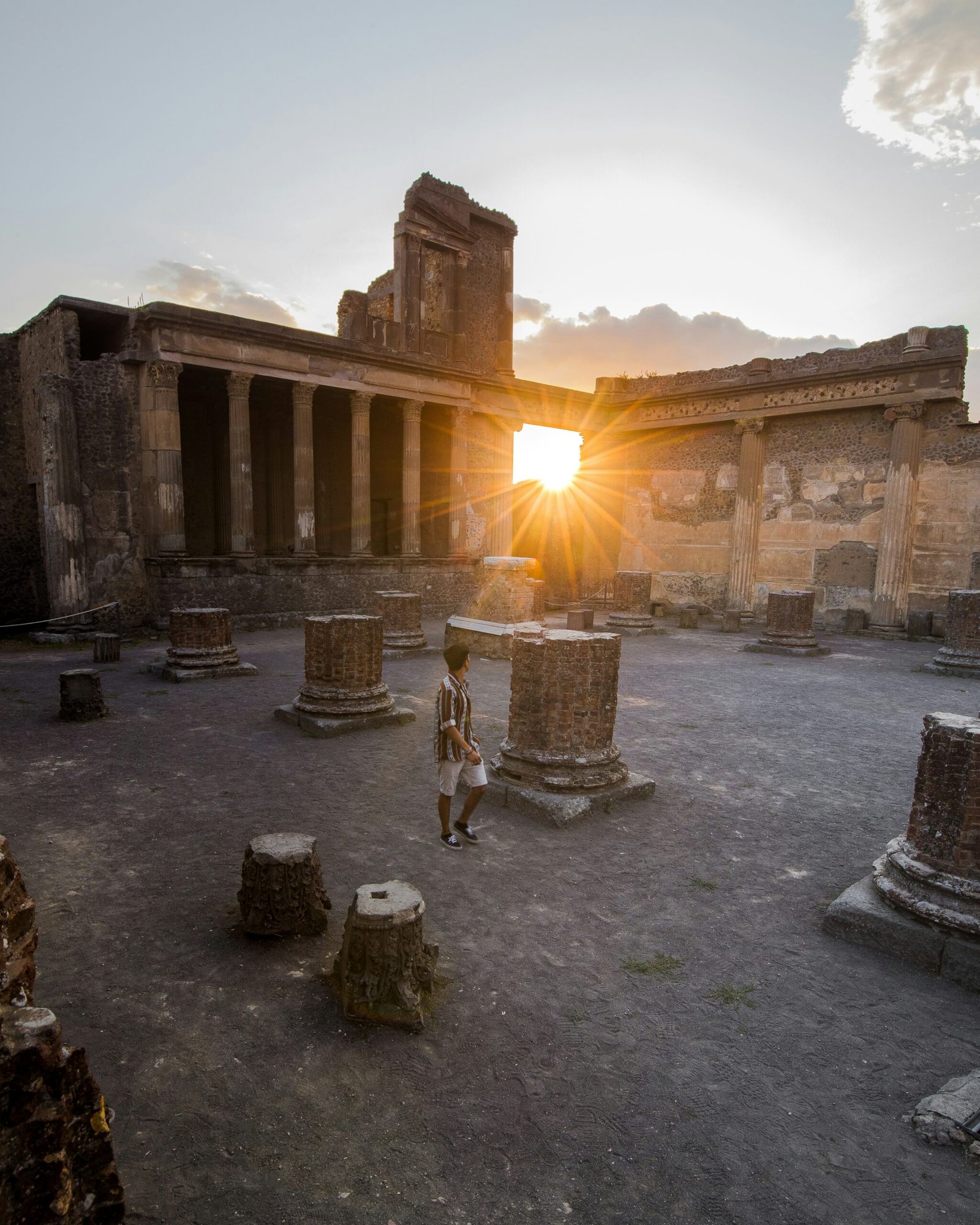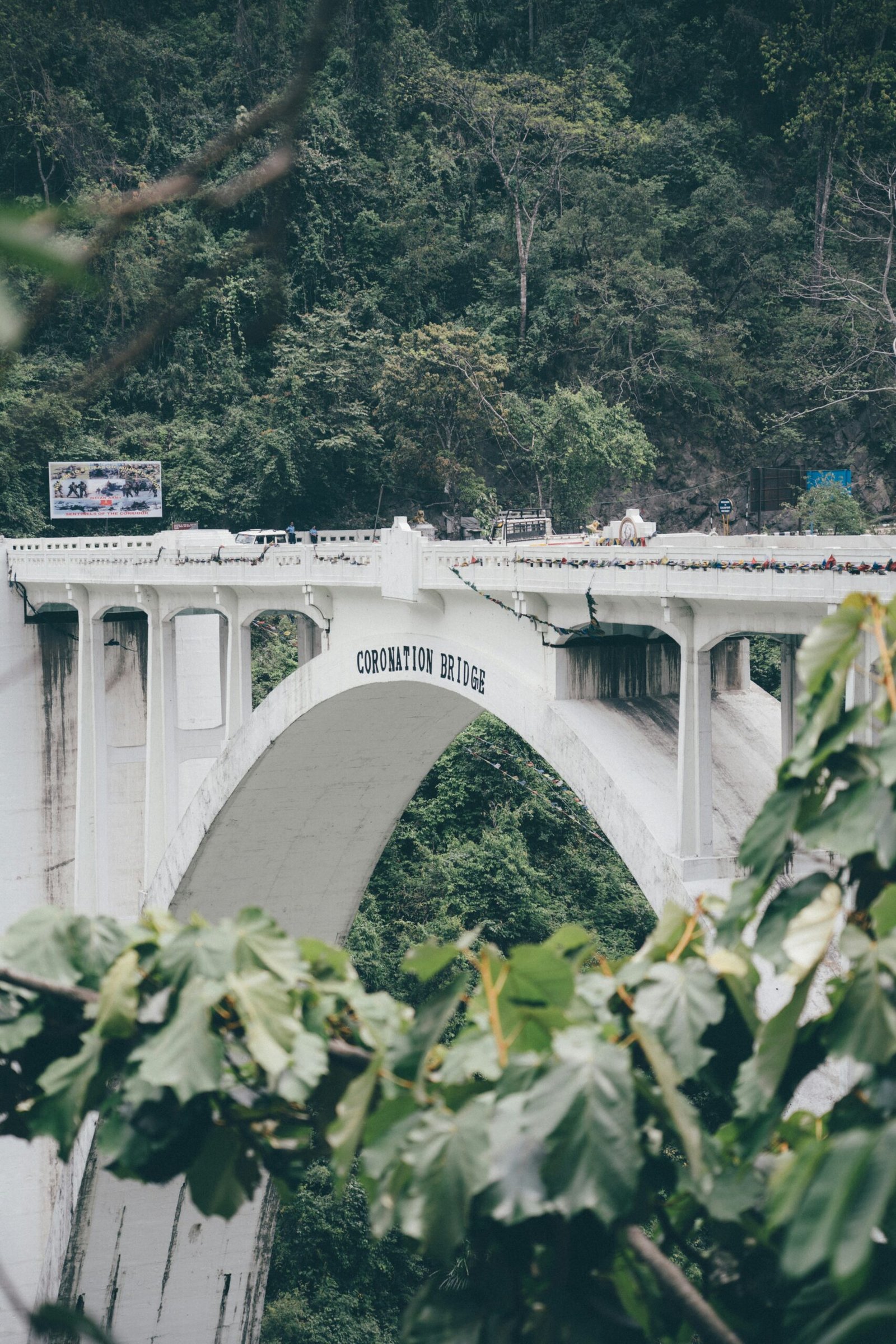
Introduction to Trinidad
Trinidad, the larger of the two islands making up the twin-island nation of Trinidad and Tobago, is a vibrant and diverse destination in the Caribbean. With a rich history that traces back to its indigenous peoples, the island was later colonized by the Spanish, French, and British, each leaving a lasting impact on its culture and heritage. This blend of influences has created a unique cultural mosaic that is evident in every aspect of life on the island.
The island’s cultural significance is most prominently displayed during its world-famous Carnival, an exuberant festival filled with music, dance, and vibrant costumes, drawing visitors from around the globe. Additionally, Trinidad is renowned for its steelpan music, the only acoustic instrument invented in the 20th century, and its lively calypso and soca rhythms that form the heartbeat of the island.
What makes Trinidad a standout travel destination is its incredible diversity. From the bustling streets of its capital, Port of Spain, to the serene beaches and lush rainforests, there is something for every traveler. Nature enthusiasts will find themselves in paradise, with opportunities to explore the Asa Wright Nature Centre, hike the Northern Range, or witness the spectacle of leatherback turtles nesting on the shores of Grande Riviere.
Cuisine in Trinidad is a reflection of its multicultural heritage, offering a tantalizing array of flavors. Street food like doubles, roti, and bake and shark are must-tries, while local dining establishments serve up a fusion of Indian, African, Creole, and European dishes that are sure to delight the palate.
Time in Trinidad promises an immersive experience where history, culture, and natural beauty converge. Whether you’re exploring its cultural landmarks, savoring its culinary delights, or simply soaking in the island’s natural splendor, Trinidad offers a rich and varied tapestry that captivates and enchants visitors.
Maracas Bay
Maracas Bay stands as one of Trinidad’s most iconic coastal destinations, attracting both locals and tourists alike. Nestled along the island’s northern coast, this stunning stretch of golden sand is framed by lush, green mountains, creating a picturesque backdrop that is perfect for a day of relaxation and adventure. The tranquil waters offer ideal conditions for swimming, making it a favorite spot for families and solo travelers to unwind and enjoy the Caribbean sunshine.
Beyond the allure of its natural beauty, Maracas Bay is a hub for various activities that cater to diverse interests. Water enthusiasts can take part in swimming and snorkeling, exploring the vibrant marine life that thrives just off the shore. For those who prefer to stay dry, sunbathing on the soft sands provides an equally enjoyable experience. Moreover, the surrounding hills offer hiking trails for the more adventurous, promising breathtaking views of the bay from above.
No visit to Maracas Bay would be complete without indulging in the local culinary delight—Bake and Shark. This renowned Trinidadian dish, which consists of seasoned shark meat sandwiched between fried dough, is often complemented by an array of toppings and sauces. Numerous vendors line the beach, each offering their unique take on this must-try delicacy, ensuring that every visitor can savor this authentic taste of Trinidad.
The best time to visit Maracas Bay is during the dry season, which spans from January to May. During these months, the weather is typically sunny and pleasant, making it ideal for beach activities. Additionally, the bay comes alive during local events and festivals, such as Carnival season, which provides an excellent opportunity to experience Trinidadian culture firsthand. Whether planning a day trip or an extended stay, Maracas Bay offers a slice of paradise that captures the essence of time in Trinidad.
Asa Wright Nature Centre
The Asa Wright Nature Centre, nestled in the lush Arima Valley of Trinidad, stands as a beacon for nature enthusiasts and birdwatchers worldwide. This acclaimed ecotourism destination offers a remarkable opportunity to immerse oneself in the diverse flora and fauna of the region. Known primarily for its birdwatching prospects, the Centre boasts over 400 bird species, including the striking Oilbird and the vibrant Tufted Coquette hummingbird. Visitors can expect to encounter an array of wildlife, from colorful butterflies to elusive reptiles.
Guided tours at the Asa Wright Nature Centre are a highlight, led by knowledgeable naturalists who provide insights into the rich biodiversity and conservation efforts of the area. These tours offer an educational experience, helping visitors appreciate and understand the intricate ecosystems. The Centre also features numerous hiking trails, such as the famous Discovery Trail, which takes explorers through pristine rainforest habitats, offering glimpses of exotic plants and rare animals.
Educational programs are a cornerstone of the Asa Wright Nature Centre’s mission. These programs cater to all ages, from school groups to adult learners, with activities designed to foster a deeper connection with nature. Workshops, lectures, and hands-on experiences are tailored to inspire a sense of stewardship for the environment.
Conservation is at the heart of the Centre’s operations. The Asa Wright Nature Centre plays a pivotal role in preserving Trinidad’s natural heritage, engaging in various initiatives to protect endangered species and their habitats. Through sustainable practices and community involvement, the Centre not only safeguards the ecological balance but also promotes awareness about the significance of conservation.
For those looking to make the most of their time in Trinidad, a visit to the Asa Wright Nature Centre is indispensable. It offers a unique blend of adventure, education, and conservation, providing a profound appreciation for the natural world.
Pitch Lake
Pitch Lake, located in La Brea, Trinidad, stands as the largest natural deposit of asphalt globally, an extraordinary testament to the island’s unique geological landscape. Spanning approximately 100 acres and reaching depths of about 250 feet, this remarkable natural wonder has fascinated scientists and travelers alike. The lake’s formation dates back to prehistoric times, believed to be the result of tectonic activity that caused oil deposits to rise to the surface, solidifying into the asphalt lake we see today.
Geologically, Pitch Lake is a rare phenomenon. Its surface is not entirely solid; it ebbs and flows, creating a landscape that feels otherworldly. Visitors can observe bubbles of methane gas rising from the depths, a reminder of the lake’s dynamic nature. The asphalt is pliable and can be walked upon, offering an unusual yet safe experience under the guidance of local experts. Guided tours provide an insightful exploration of the lake, delving into the science behind its formation, its economic significance, and the captivating local folklore that surrounds it.
Local legends speak of the lake’s mystical properties, with stories of Amerindian tribes who believed it was a sacred site. One popular tale recounts that the lake was created as divine retribution for a tribe’s wrongdoing, adding a layer of cultural richness to the scientific fascination. Beyond folklore, Pitch Lake has had a substantial economic impact on the region, with its asphalt being exported for use in paving roads worldwide, thus linking this Trinidadian marvel to global infrastructure.
For those planning to visit, it is advisable to wear sturdy footwear suitable for walking on the semi-solid surface. The best way to experience Pitch Lake is by joining a guided tour, which ensures safety while providing comprehensive knowledge about this natural wonder. Additionally, visitors should stay hydrated and wear sun protection, as the open landscape can be quite exposed. A visit to Pitch Lake offers a unique combination of natural beauty, scientific intrigue, and cultural heritage, making it an essential stop for anyone spending time in Trinidad.
The Caroni Bird Sanctuary is a premier destination for bird lovers and nature enthusiasts alike, offering an unparalleled opportunity to explore Trinidad’s vibrant avian life. This sanctuary, which covers approximately 12,000 acres of mangrove swamp, is home to a diverse range of bird species. Among these, the Scarlet Ibis holds a place of honor as Trinidad’s national bird. Its striking red plumage, which becomes even more vivid during the mating season, provides a spectacular visual treat for visitors.
Birdwatching at the Caroni Bird Sanctuary is best experienced during the late afternoon and early evening hours when the Scarlet Ibises return to roost. This daily phenomenon transforms the sky into a canvas splashed with hues of red, offering a mesmerizing spectacle. Apart from the Scarlet Ibis, the sanctuary is also a haven for other bird species such as herons, egrets, and a variety of migratory birds, making it a significant spot for ornithologists and casual birdwatchers alike.
To fully appreciate the sanctuary’s natural beauty, visitors can embark on guided boat tours that navigate through the intricate waterways of the mangrove forest. These tours not only provide close-up views of the birdlife but also offer insights into the unique mangrove ecosystem. The mangroves play a crucial role in maintaining ecological balance, acting as a nursery for marine life and a buffer against coastal erosion.
The Caroni Bird Sanctuary is also deeply committed to conservation efforts. It serves as a protected area where wildlife can thrive without the threat of habitat destruction. Various programs are in place to monitor bird populations and ensure the preservation of this critical habitat. The sanctuary’s efforts in conservation and education underscore its importance in maintaining Trinidad’s rich biodiversity.
Thus, a visit to the Caroni Bird Sanctuary offers more than just a glimpse of Trinidad’s natural beauty; it provides a profound appreciation for the delicate balance of its ecosystems and the ongoing efforts to protect its wildlife. Whether you’re a seasoned birdwatcher or a curious traveler, the time spent here promises to be both enlightening and memorable.
Queen’s Park Savannah
Queen’s Park Savannah, located in the heart of Port of Spain, serves as a pivotal recreational space in Trinidad’s bustling capital. Its historical significance dates back to the early 19th century when it was initially a sugar estate before being converted into a public space. Today, the Savannah is a verdant expanse that spans approximately 260 acres, making it one of the largest open spaces in the Caribbean. It is a popular spot among locals and tourists alike, offering a plethora of activities and events that reflect the rich cultural tapestry of Trinidad.
One of the most notable events held at Queen’s Park Savannah is the annual Carnival celebration. This world-renowned festival transforms the park into a vibrant epicenter of music, dance, and colorful costumes. During Carnival, visitors can witness traditional Calypso and Soca performances, along with the iconic steel pan bands that are integral to Trinidadian music. Besides Carnival, the Savannah also hosts various sporting events, from cricket matches to football games, as well as cultural festivals that celebrate the island’s diverse heritage.
Adjacent to Queen’s Park Savannah, visitors will find the Magnificent Seven, a row of historic colonial-style mansions that are architectural marvels. These buildings, constructed in the early 20th century, offer a glimpse into Trinidad’s colonial past and are a must-see for history enthusiasts. Additionally, the nearby Royal Botanic Gardens provide a serene escape with its lush flora and well-maintained pathways, perfect for a leisurely stroll.
To make the most of your time in Trinidad and your visit to Queen’s Park Savannah, it is advisable to go early in the morning or late in the afternoon when the temperatures are cooler. Bring comfortable walking shoes, as there is much to explore on foot. Don’t forget to carry water and sunscreen, especially if you plan to stay for extended periods. Whether you are there for a major event or simply to enjoy the open space, Queen’s Park Savannah offers a unique glimpse into the vibrant life and culture of Trinidad.
The Temple in the Sea at Waterloo stands as a remarkable testament to devotion, perseverance, and cultural heritage in Trinidad. This iconic Hindu temple, constructed by the dedicated Siewdass Sadhu, holds significant historical and cultural importance. Sadhu, a deeply devoted individual, embarked on this ambitious project in the 1940s after being denied land to build a temple onshore. Undeterred, he built a causeway out into the Gulf of Paria, where he eventually erected the temple on reclaimed land, thus giving rise to what is now known as the Temple in the Sea.
The temple’s construction was fraught with challenges. Sadhu faced numerous obstacles, including the sheer physical labor of carrying materials across the water and the relentless tides that threatened to undo his work. Despite these difficulties, Sadhu’s unwavering faith and determination saw the project to completion. Today, the Temple in the Sea symbolizes resilience and the unyielding spirit of Trinidad’s Hindu community.
For the local Hindu populace, the temple is not just a place of worship but also a cultural cornerstone. It serves as a site for significant religious ceremonies and festivals, such as Diwali and Maha Shivaratri. These events draw devotees from across Trinidad and even from abroad, highlighting the temple’s importance as a spiritual and cultural hub.
Visitors to the Temple in the Sea can explore its tranquil surroundings and marvel at its serene beauty. The temple is open daily, typically from dawn until dusk, allowing ample time for visitors to experience its peaceful ambiance. The best times to visit are during early morning or late afternoon, when the temperatures are cooler, and the light creates a picturesque setting. Additionally, visiting during major Hindu festivals offers a unique opportunity to witness the temple’s vibrant cultural expressions and community gatherings.
Overall, the Temple in the Sea at Waterloo is a must-see spot for anyone spending time in Trinidad. It not only offers a glimpse into the rich cultural tapestry of the island but also stands as a monument to the enduring power of faith and determination.
Conclusion: Making the Most of Your Time in Trinidad
Trinidad offers a wealth of experiences that cater to a wide range of interests, making it an ideal destination for travelers seeking both adventure and relaxation. From the vibrant streets of Port of Spain to the tranquil beauty of Maracas Bay, the island’s diverse attractions are sure to captivate visitors. The Caroni Bird Sanctuary provides a serene escape into nature, while the historical significance of Fort George offers a glimpse into Trinidad’s rich past. Additionally, the bustling Queen’s Park Savannah is a hub of local activity and cultural events, showcasing the island’s unique heritage.
While these must-see spots are undeniably impressive, Trinidad’s true charm lies in its ability to surprise and delight beyond the typical tourist attractions. The island’s rich culture, delicious cuisine, and friendly locals offer an authentic experience that is both immersive and unforgettable. For those planning a trip to Trinidad, it is essential to consider the best times to visit. The dry season, from January to May, is often recommended for its pleasant weather, although the wet season from June to December also has its own allure with lush landscapes and fewer crowds.
Transportation options on the island are varied, with car rentals being a popular choice for those who wish to explore at their own pace. Public transportation, including buses and maxi-taxis, provides a more economical way to get around. When it comes to accommodation, Trinidad boasts a range of options to suit different budgets and preferences, from luxury hotels to charming guesthouses and eco-lodges.
Ultimately, making the most of your time in Trinidad involves embracing the island’s multifaceted appeal. Whether you are drawn to its natural beauty, historical landmarks, or vibrant culture, Trinidad promises an enriching and memorable journey. So pack your bags, plan your itinerary, and get ready to discover the many wonders that await in this Caribbean gem.
FAQs on Time in Trinidad
1. What is the time zone in Trinidad?
Trinidad and Tobago operate on Atlantic Standard Time (AST), which is UTC-4. The country does not observe Daylight Saving Time, so the time remains consistent throughout the year.
2. What are the best times to visit Trinidad?
The best time to visit Trinidad is during the dry season, which runs from January to May. This period offers pleasant weather with less rain, making it ideal for outdoor activities and festivals.
3. How should I adjust to the local time upon arrival?
To adjust to the local time, it is advisable to:
- Get plenty of sunlight during the day.
- Avoid napping for long periods upon arrival.
- Try to stay awake until local bedtime to help your body adjust more quickly.
4. Are there any significant holidays or events that could affect my travel plans?
Yes, there are several significant holidays and events in Trinidad, including:
- Carnival, usually in February or March, is a massive festival with parades, music, and dancing.
- Independence Day on August 31, marked with parades and celebrations.
- Christmas and New Year festivities, which are widely celebrated with family gatherings and public events.
5. How do business hours in Trinidad compare to those in other countries?
Business hours in Trinidad typically run from 8:00 AM to 4:00 PM, Monday through Friday. Some businesses may also open on Saturdays from 8:00 AM to 12:00 PM. However, during major holidays, many businesses might close or operate on reduced hours.
6. How can I keep track of the local time while traveling?
To keep track of local time while traveling:
- Use your smartphone, which will automatically adjust to local time if set to do so.
- Wear a travel watch set to the local time.
- Utilize time zone apps or world clock features on your smartphone.
7. What is the typical daily schedule like for locals in Trinidad?
A typical daily schedule for locals in Trinidad often includes:
- Early morning activities, starting around 6:00 AM.
- A midday break, especially during the hottest hours.
- Evening activities, including dinner, usually around 7:00 PM to 8:00 PM.
8. Are there any time-related customs or etiquette I should be aware of?
Yes, it’s helpful to know:
- Punctuality may be more relaxed compared to Western standards, especially for social events.
- For business meetings, it’s best to arrive on time or slightly early.
9. How does the time zone impact my communication with people back home?
Since Trinidad is in the AST time zone (UTC-4), you’ll need to account for the time difference when communicating with people back home. For example, if you are traveling from New York (EST, UTC-5 during standard time), there is typically a 1-hour difference.
10. Can I use public transportation at all times of the day?
Public transportation in Trinidad typically operates from early morning (around 5:00 AM) to late evening (around 10:00 PM). However, schedules can vary, especially in rural areas, so it’s best to check local timetables.



